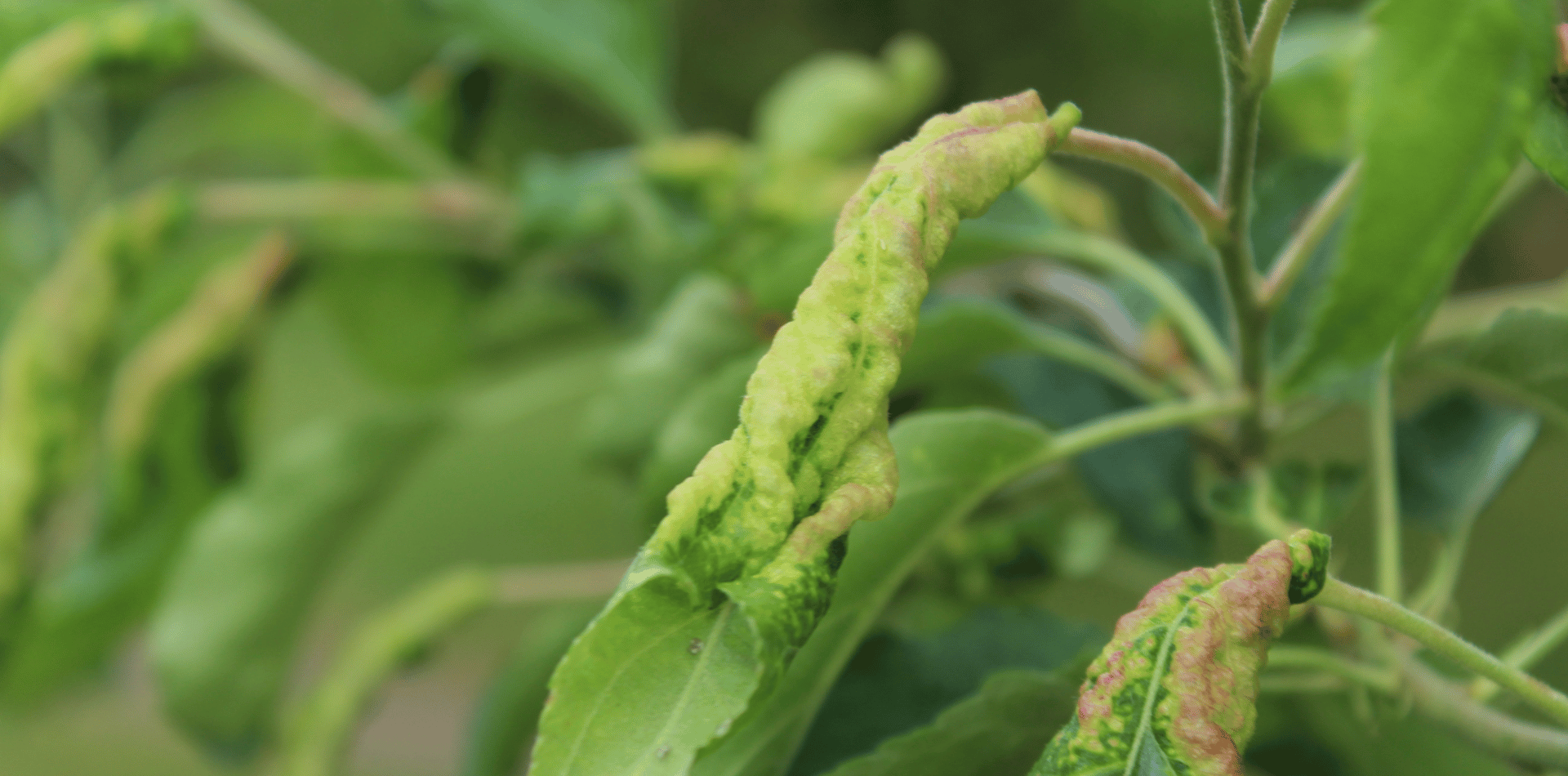Techniques and Equipment Used by Arborists for Professional Tree Care
Techniques and Equipment Used by Arborists for Professional Tree Care
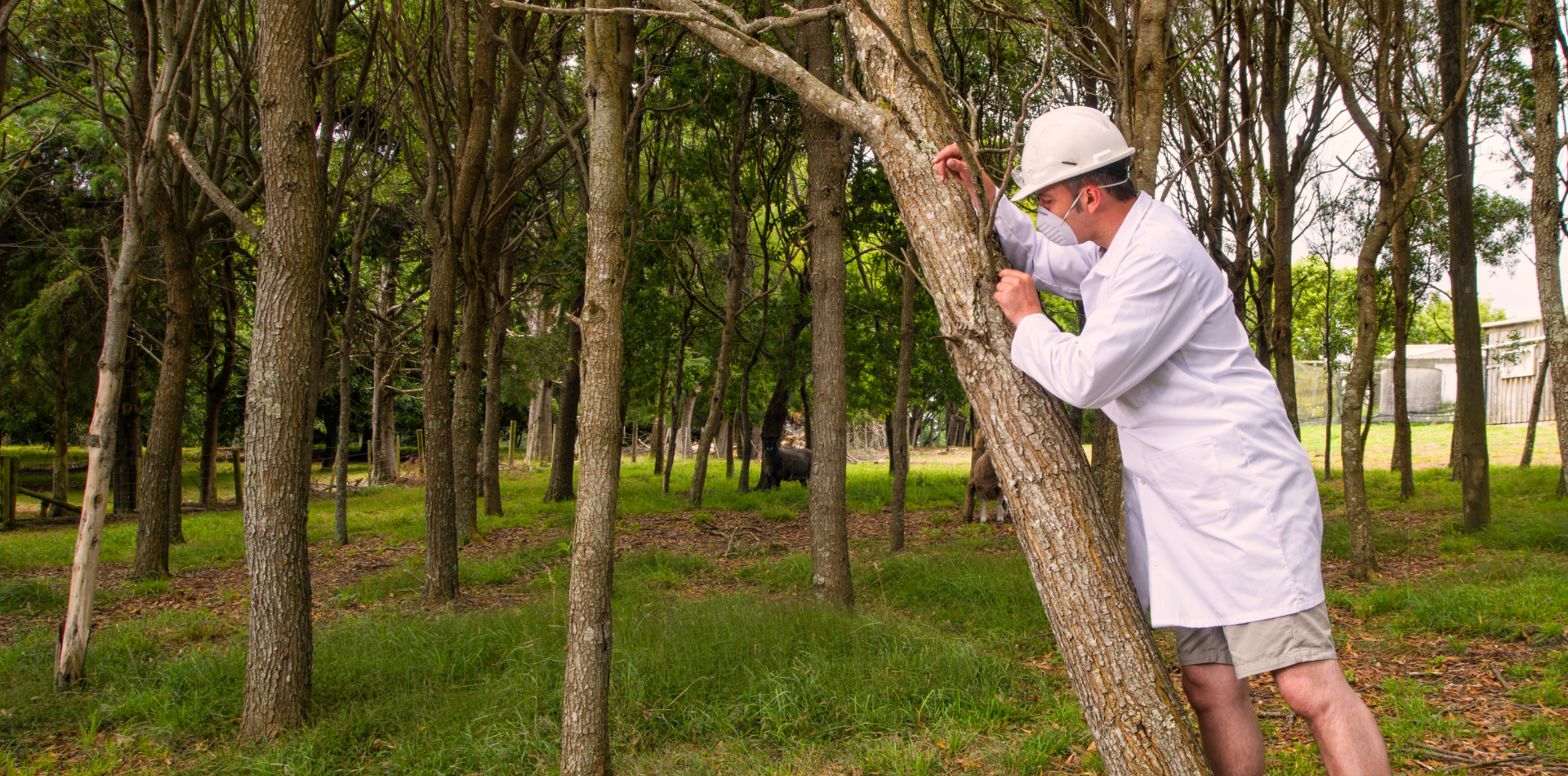
Arborists, or tree surgeons as they are sometimes called, employ a range of specialised techniques and equipment to maintain tree health, ensure public safety, and enhance the aesthetic and ecological value of landscapes.
The field of arboriculture combines traditional practices with modern scientific knowledge and technology. We'll explore the various tools, techniques, and safety measures that professional arborists use to care for trees.
Arboriculture is an intricate blend of art, science, and technical skill.
Arborists must understand tree biology, disease management, and the mechanics of tree structure to perform their work safely and effectively.
Here's a look into the essential techniques and tools of the trade, highlighting how these professionals safeguard both trees and the environment.
Techniques in Arboriculture
Tree Pruning
Purpose and Types
Tree pruning is fundamental to arboriculture, serving various purposes such as removing dead or diseased branches, shaping for aesthetic or functional reasons, and reducing risk from falling limbs.
Pruning techniques include cleaning (removing dead or diseased branches), thinning (reducing branch density), and raising (removing lower branches to clear space below).
Tools and Techniques
- Hand Pruners and Loppers: For small branches and precise cuts.
- Pole Pruners and Saws: To reach higher branches from the ground.
- Chainsaws: For larger branches, requiring expertise to handle safely.
Tree Removal
When Necessary
Tree removal is a last resort, typically considered when a tree is dead, diseased beyond recovery, poses a safety hazard, or obstructs construction.
Equipment and Techniques
- Chainsaws: The primary tool for cutting down trees.
- Felling Wedges: To guide the direction of a tree's fall.
- Cranes and Aerial Lifts: For removing large trees in sections, especially in confined spaces.
Stump Grinding
After tree removal, stump grinding is often necessary to eliminate the remaining stump and roots, using a specialized stump grinder that chips away the wood.
Arborist Equipment
Climbing Gear
Safe and effective tree climbing is essential for arborists, involving a range of gear:
- Climbing Ropes: High-strength ropes designed for tree climbing.
- Harnesses: To secure the arborist safely.
- Climbing Spurs: Used cautiously to ascend trees needing removal.
- Safety Helmets, Gloves, and Eye Protection: Essential for personal safety.
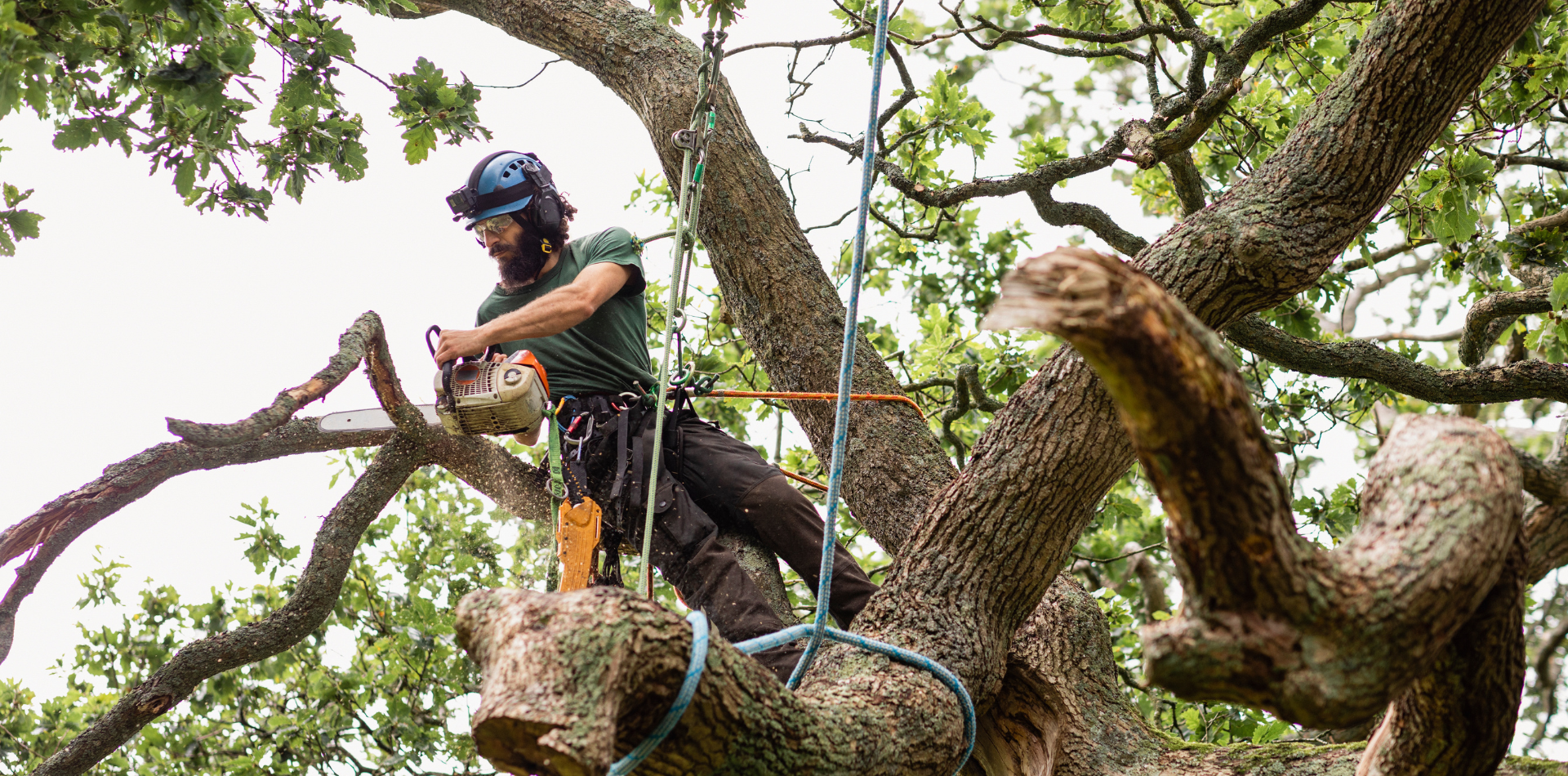
Rigging Equipment
For safely lowering branches or equipment, arborists use rigging systems including:
- Rigging Ropes: Stronger and often more durable than climbing ropes.
- Pulleys and Blocks: To manage the direction and speed of descent.
- Slings and Carabiners: For attaching tools and securing branches.
Aerial Lifts and Cranes
For reaching high branches safely, especially in urban or sensitive environments, aerial lifts and cranes may be used, reducing the need for climbing and minimising impact on the tree and surrounding area.
Safety Measures and Best Practices
Safety is paramount in arboriculture, given the high-risk nature of working with trees. Arborists adhere to rigorous safety standards, including:
- Personal Protective Equipment (PPE): Helmets, eye protection, hearing protection, chainsaw-resistant clothing, and gloves.
- Equipment Inspection and Maintenance: Regular checks to ensure all equipment is in good working condition.
- Training and Certification: Many arborists are certified through organisations like the International Society of Arboriculture (ISA), reflecting their commitment to safety and professionalism.
Advances in Arboricultural Practices
Technological advancements and ongoing research have led to more sophisticated tools and techniques in tree care, such as:
- Thermal Imaging: For detecting early signs of disease or decay not visible to the naked eye.
- Air Spade: To aerate compacted soil around tree roots without causing damage.
- Biological Controls: Using natural predators or agents to manage tree pests and diseases.
The work of arborists is vital to the health and safety of trees and the environments they inhabit.
Through a combination of traditional techniques and modern technology, these professionals ensure that trees continue to thrive and contribute to our landscapes.
Whether performing routine maintenance or executing complex removals, arborists rely on a wide array of specialised equipment and adhere to strict safety protocols. Their expertise and dedication play a crucial role in preserving the natural beauty and ecological balance of our urban and rural spaces.


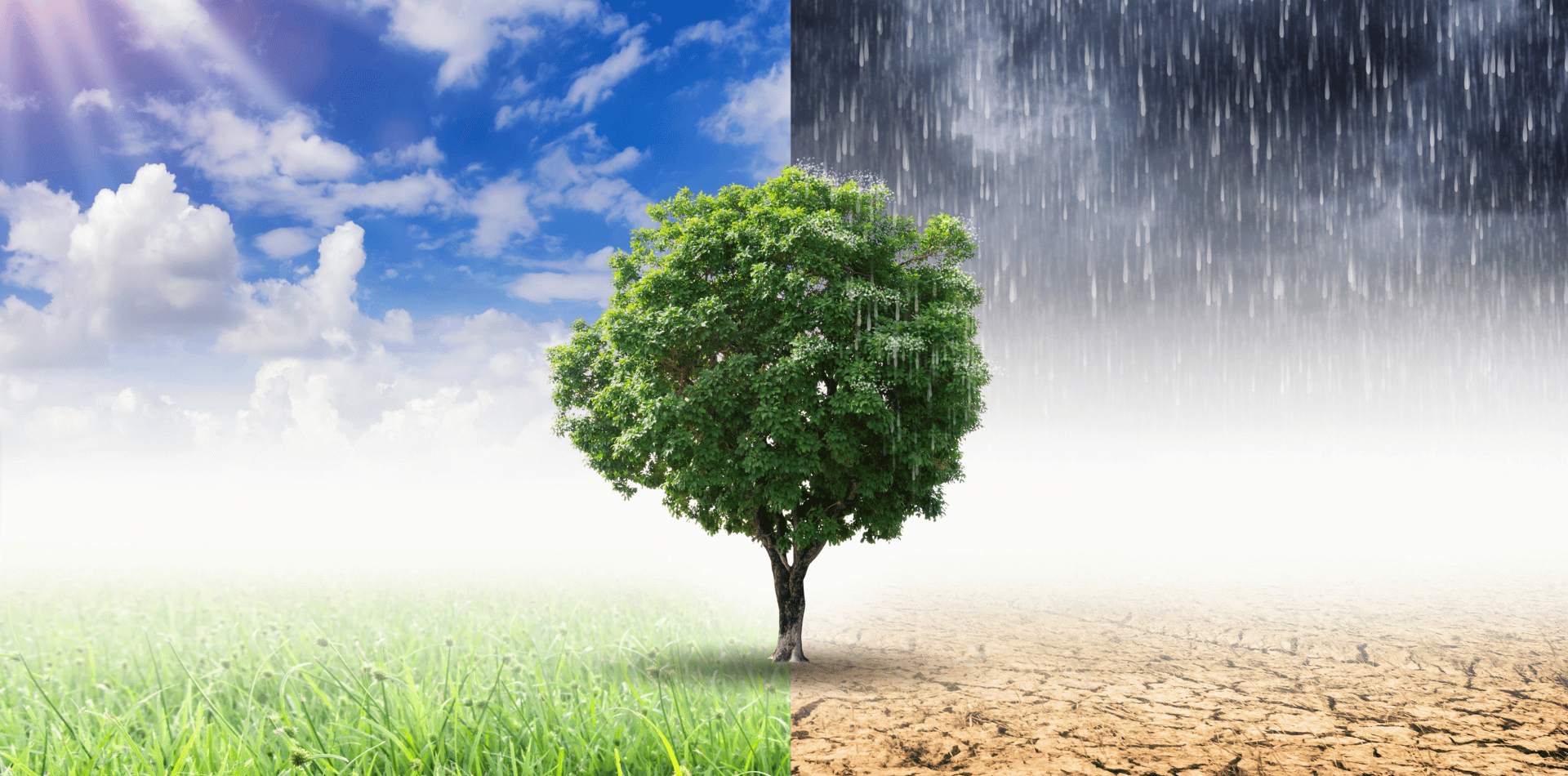
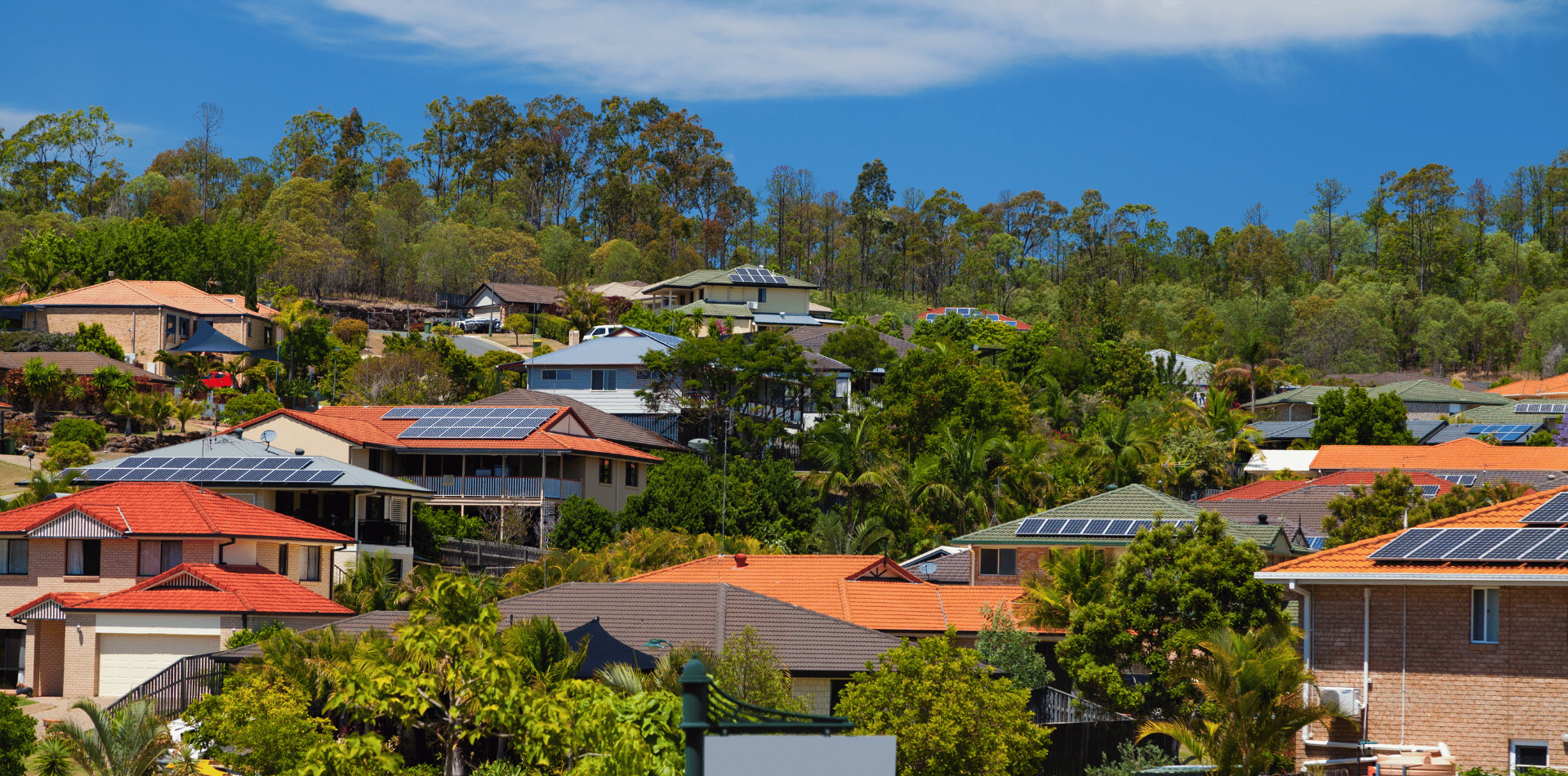
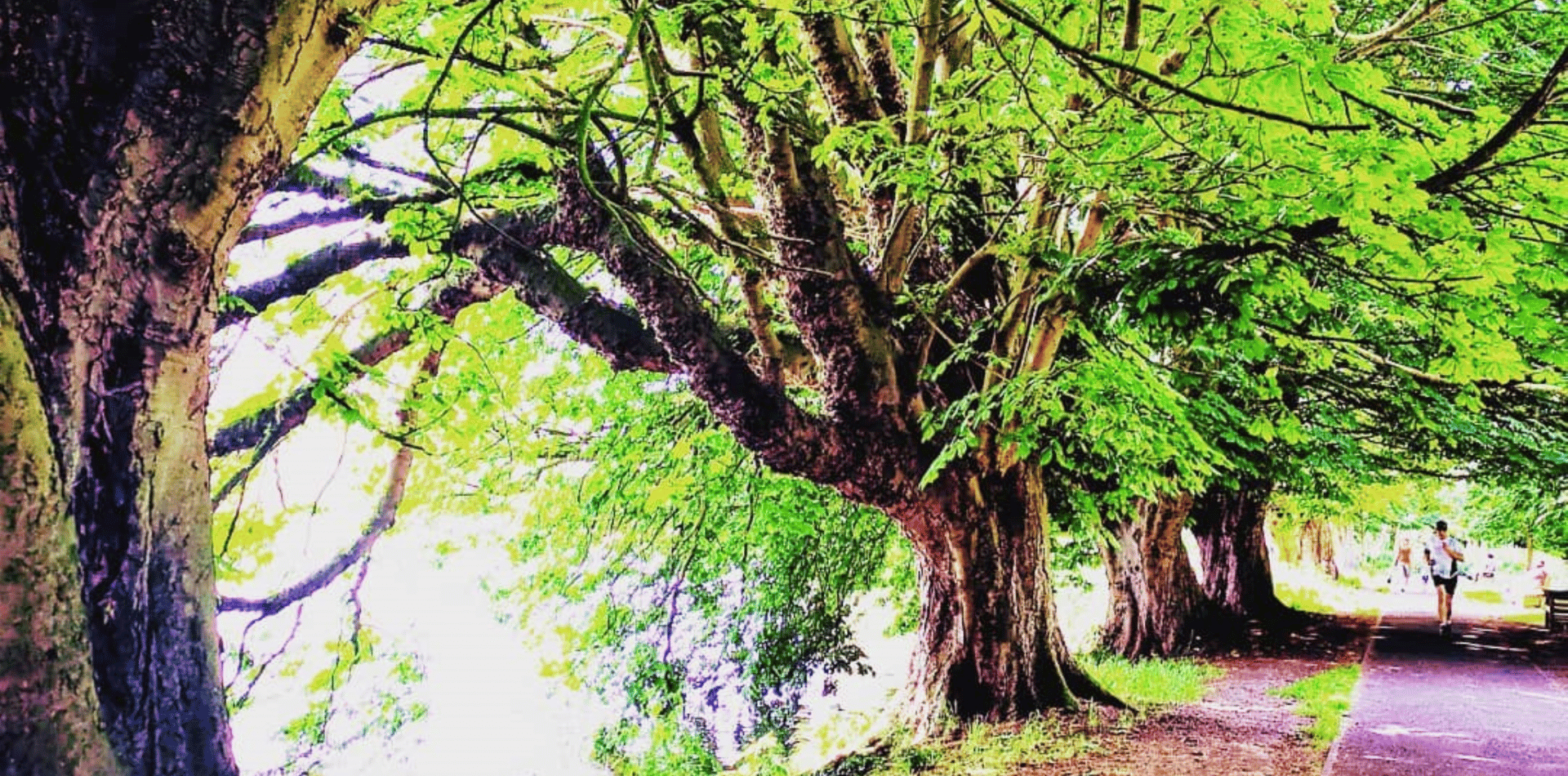
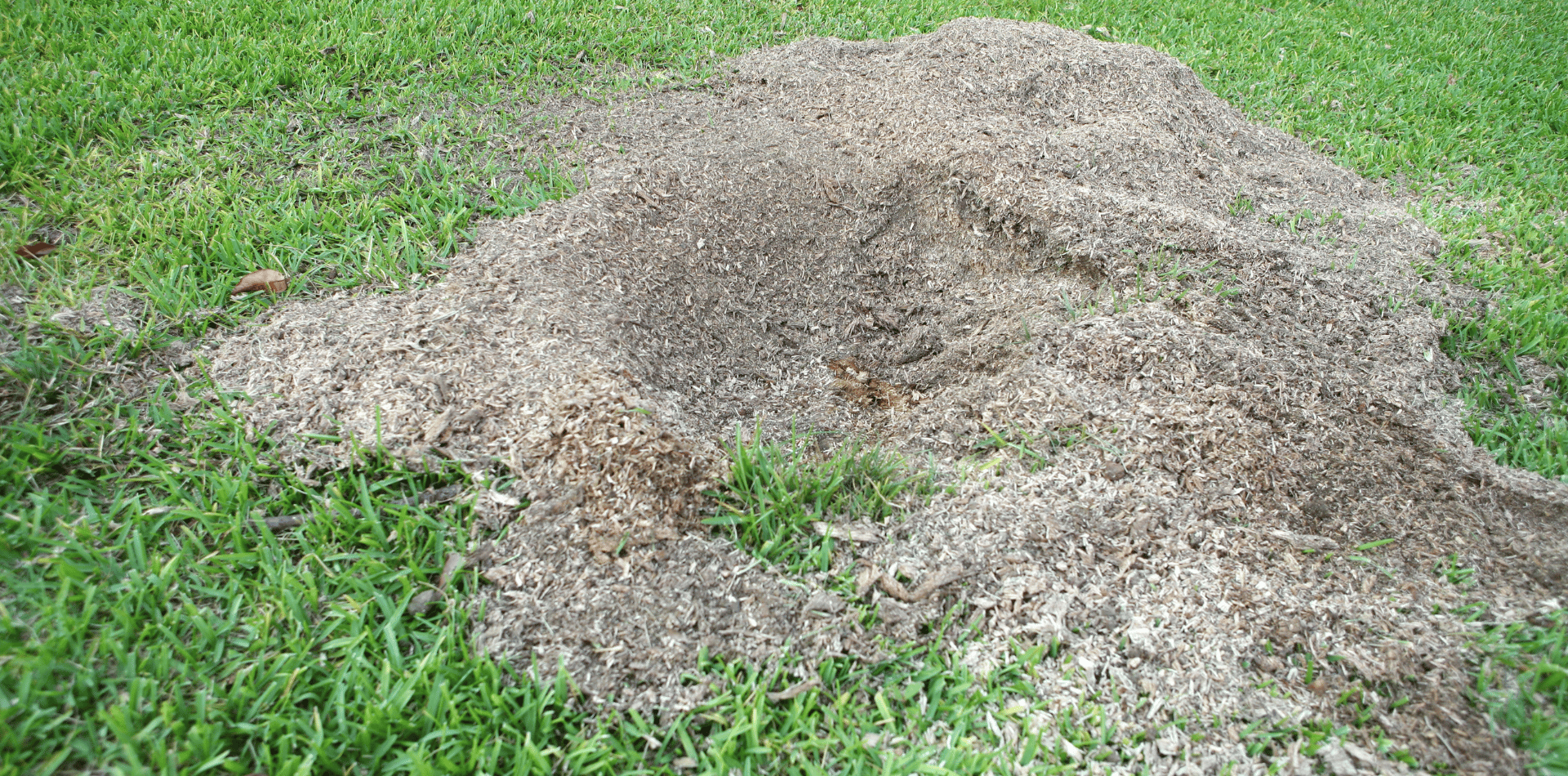
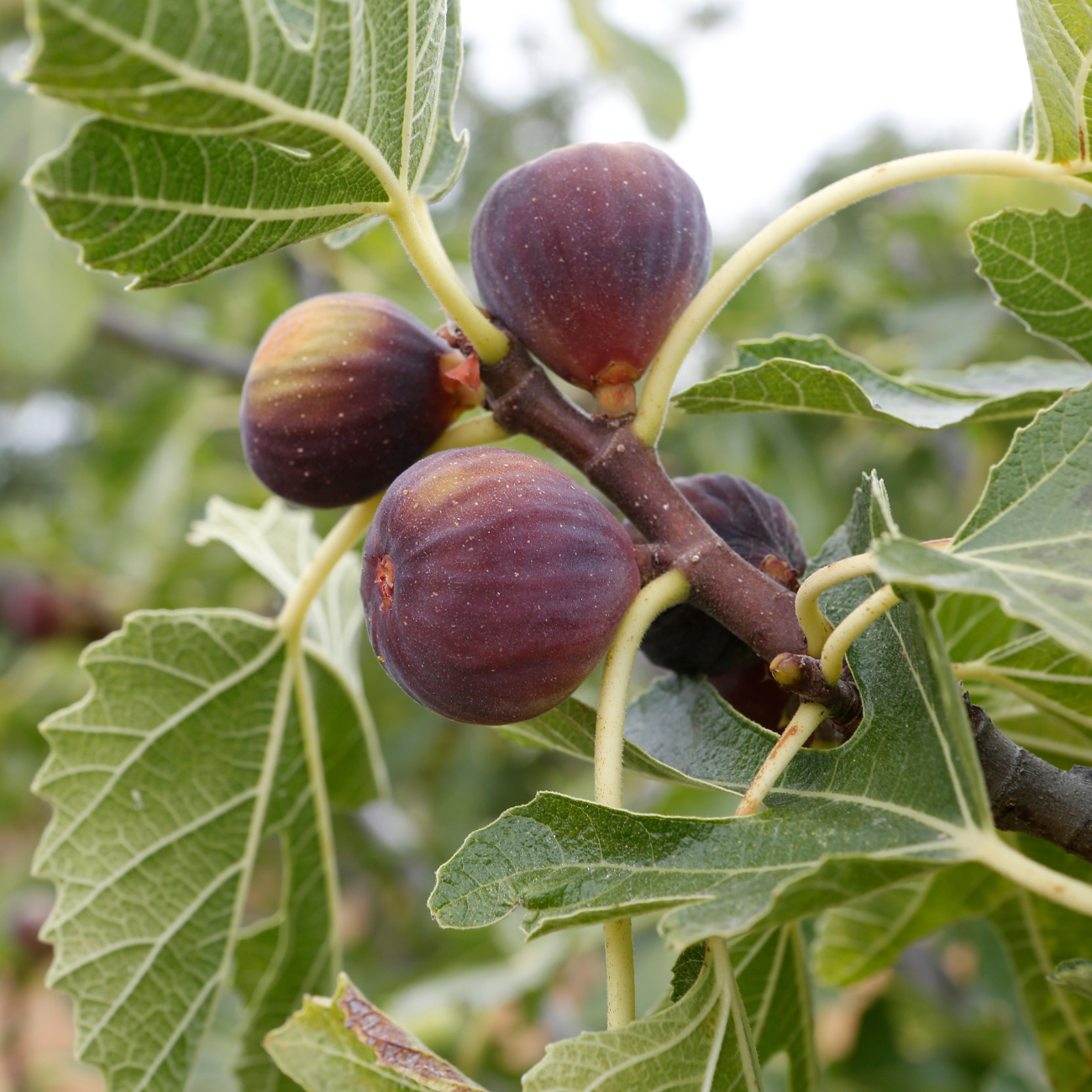


Contact
Kaptol Tree Removal Newcastle
A Member of the Kaptol Group
Powered by Kaptol Media

